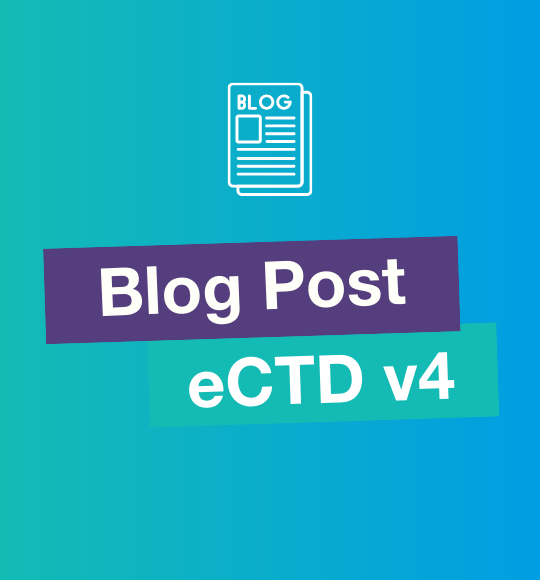Starting next year, pharmaceutical companies registered within the EU must comply with the new Identification of Medicinal Products (IDMP) standard. With other regional regulatory authorities expected to follow soon this series of posts takes a closer look at the ISO IDMP standard and how best to implement it within your organization.
What is IDMP?
IDMP is the new global standard for drug safety developed by the International Organization for Standardization (ISO). By defining a set of common vocabularies and uniquely identifying ingredients wherever they are used within medicinal products globally, IDMP will simplify the exchange of information between regulatory authorities, manufacturers, suppliers, and distributors. The ultimate aim of IDMP is to improve patient safety.
There are five ISO standards and four ISO implementation guides (ISO TS 19844, 20440, 20443, 20451) that make up IDMP. Together they define the building blocks for collecting and storing product data, and we take a closer look at these in our next post. Administration routes, dosage forms, and units will also be standardized across the entire industry, as well as details on active and inactive substances, pharmaceutical products, and product packaging.
ISO IDMP will redefine data governance
Any change in regulation is a daunting task for those affected by it, especially something of the size and scale of ISO IDMP. While the new standard will inevitably require substantial work to ensure compliance, ultimately IDMP is an opportunity for companies to progressively transform how they operate, integrating disparate data sources and optimizing business processes.
Aligning standards, master data management, data governance, and identification of authoritative source systems is no simple task, and IDMP compliance will require a cross-functional, corporate-wide effort. It will also require that data is managed consistently across departments and throughout the entire product lifecycle - from regulatory affairs and product supply to pharmacovigilance and clinical development.
How will IDMP impact your organization?
XEVMPD demonstrated that having the right information is one thing, but effectively managing it and actively sharing it with internal groups is where the real value was generated. With IDMP, companies will need to review their existing processes and learn how to manage a large and consistent set of data that is owned by multiple departments within their organization.
Collecting data from multiple discreet sources into a single coordinated environment, or Regulatory Information Management Systems (RIMS), will enable organizations to standardize internal information flows. Additionally, this will eliminate any data duplication and remove the need to keep multiple data entries synchronized. Together these provide the opportunity for companies to develop more efficient operating models and better re-use the existing data within their organizations.
While the deadlines for IDMP compliance have been changed several times during the last couple of years, introducing the new standard is inevitable. Considering the size and scale of the IDMP standard, being prepared and acting now is essential.
Our next post will look closely at the ISO standards that make up IDMP. For those that can't wait until then and want to learn more about ISO IDMP now, why not download our whitepaper IDMP: Cost or Opportunity?
If you are interested in learning more about ISO IDMP, visit our website: EXTEDO’s solutions for accelerating IDMP compliance and EXTEDO's XEVMPD and IDMP services, or contact one of our IDMP experts at info@extedo.com.

.png)


